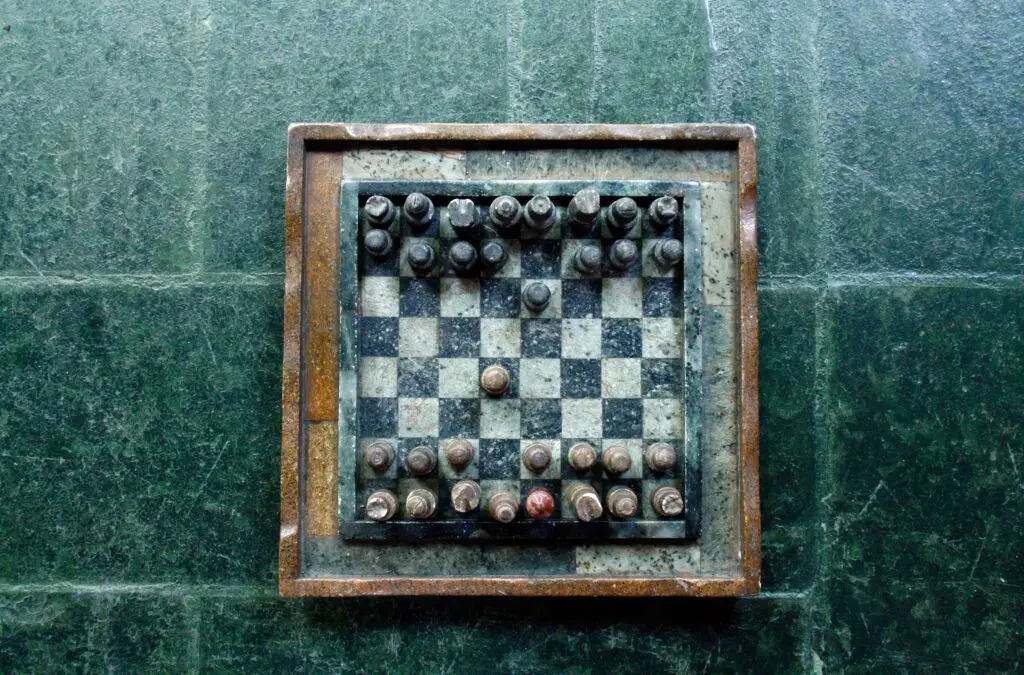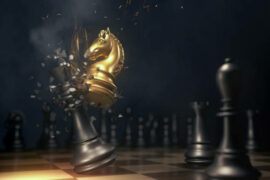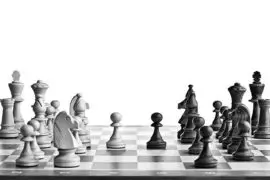Chess, that timeless game of strategy and wit, has a language of its own. As you delve into the world of checkmates and castling, you might come across a term that might sound a bit mysterious to the uninitiated: “remis.” In this article, we’re going to unravel the secrets behind this enigmatic word and explore its various facets in the world of chess.

What Does Remis Mean in Chess?
Contents
So, what on earth does “remis” mean in chess? The term “remis” is a chess player’s way of saying, “Well, this game is ending in a draw.” It’s like a peaceful truce on the chessboard, where neither player emerges as the outright victor. This draw, however, is not a sign of weakness; it often reflects the tactical brilliance of both contenders.
Origin and Names Across the Globe
The word “remis” has its roots in the French language, where it means “to be stalemate.” Interestingly, chess enthusiasts around the world have their own ways of saying “draw.” For instance, in Spanish, it’s “tablas,” in Russian, it’s “ничья” (pronounced ‘nich’ya’), and in Italian, it’s “patta.”
Let’s consider a scenario to illustrate the concept of “remis.” Imagine a chessboard where the white king is on h1, the white rook is on g2, and the black king is on h3. If it’s Black’s turn to move, the only legal move for Black is Kg3. However, after Kg3, the position is a stalemate because the black king has no legal moves. It’s a beautiful example of how a game can end in a draw, and the term “remis” would be aptly applied in this situation.
Types of Draws
Drawing in chess isn’t just about a stalemate. Let’s explore the different scenarios that lead to a draw.
1. Stalemate
Picture this: you’re in a game of chess, and suddenly, your opponent has nowhere to move. It’s not checkmate, but it’s a stalemate. You’ve reached a position where you have no legal moves, and your king isn’t in check. It’s a draw, and the game ends in a delicate balance.
Consider this actual game scenario: a player with the white pieces has a king on h1 and a pawn on h2. The player with the black pieces has a king on g3. If it’s Black’s turn to move, and they play Kg2, the position is a stalemate. The black king has no legal moves, and the game is a draw.
2. Threefold Repetition
Imagine a scenario where the same position on the board repeats three times. In chess, that’s the magic number for a draw. This rule prevents endless loops of the same moves, ensuring the game progresses.
Let’s look at an example: in a game, the same position occurs three times, with the same player to move. The position, including the arrangement of pieces and possible moves, repeats exactly. In this case, the game is declared a draw due to threefold repetition.
3. Fifty-Move Rule
If 50 moves pass without a pawn move or a piece capture, the game comes to a close. This rule adds a ticking clock element, preventing players from dancing around the board indefinitely.
Consider a game where neither player captures a piece nor moves a pawn for 50 consecutive moves. In this situation, the game would end in a draw according to the fifty-move rule.

Strategies Leading to a Draw
Drawing isn’t just a passive outcome; players can actively strive for a draw. Let’s uncover some strategic moves that lead to a balanced result.
1. Perpetual Check
Sometimes, a player keeps checking their opponent over and over, leading to a perpetual check. It’s a strategic dance, forcing the game into a perpetual loop and resulting in a draw.
Imagine a scenario where a player with the white pieces has a queen and a king, and the black king has limited shelter. By repeatedly checking the black king, the game can reach a perpetual check, and a draw is declared.
2. Mutual Time Trouble
In the frantic world of chess tournaments, both players might find themselves in time trouble. With seconds ticking away, a draw might become the most pragmatic outcome.
Consider a tournament setting where two players, evenly matched, find themselves in a complex position with limited time on the clock. Opting for a draw could be a strategic decision to share the points and avoid risking a loss due to time pressure.

Grandmaster Perspectives
Ever wondered what the chess grandmasters think about draws? We had the chance to sit down with a few of them and gain insight into their perspectives.
Interviews with Chess Grandmasters
We spoke with renowned chess grandmasters about their views on draws. Most agreed that draws are not a sign of weakness but a testament to the intense competition on the board.
Grandmaster Kasparov, reflecting on his famous matches against Karpov, stated, “Draws are part of the game. They showcase the complexity and depth of chess strategy. A well-fought draw is often more memorable than a quick win.”
Controversies Surrounding Draws
Not everyone loves a draw. Let’s explore the controversies surrounding drawn games and how they influence the world of chess.
Public Perception and Impact on Tournaments
Draws can be divisive. Some fans crave decisive outcomes, while others appreciate the subtleties of a well-fought draw. The impact on tournament standings and strategies is a topic of much debate among chess enthusiasts.
Consider a high-stakes tournament where the final round ends in several draws among the top contenders. Fans might express disappointment, expecting more decisive results. However, the drawn games could have strategic implications, influencing the final standings.
The Role of Draws in Chess Tournaments
Drawing isn’t just about the individual game; it plays a crucial role in the larger chess ecosystem.
Importance in Tournament Settings
In a tournament, draws can be pivotal. They affect standings, strategies, and the overall narrative of the competition. Let’s take a closer look at the dynamics of draws in tournament play.
Imagine a chess tournament where a player, trailing behind in points, faces a tough opponent. Opting for a draw might be a calculated decision to secure half a point, strategically influencing the final standings.
Notable Games Ending in Remis
The chess world is rich with memorable draws. Let’s explore some historical games that ended in a draw and analyze the critical positions that led to these outcomes.
Historical Games with Memorable Draws
We’ll journey through time and revisit games where draws were not just an outcome but a captivating part of the narrative.
One such game involves the legendary Bobby Fischer, facing Boris Spassky in the 1972 World Chess Championship. In a critical moment, Fischer, with the black pieces, found a stunning defensive move leading to a draw, showcasing the resilience and resourcefulness required at the highest level.

Conclusion
In the intricate tapestry of chess, “remis” stands as a testament to the complexity and depth of the game. It’s not a concession; it’s a recognition of the equilibrium achieved between two strategic minds. As controversies swirl and grandmasters share their perspectives, one thing remains clear: drawing in chess is an art, a skill, and an integral part of the game we all love.
So, the next time you hear “remis” echo across the chessboard, appreciate the nuanced dance of strategy and skill that brought about this harmonious conclusion. Whether it’s a stalemate, a perpetual check, or a strategic draw in a tournament, each instance of “remis” adds another layer to the fascinating world of chess.





